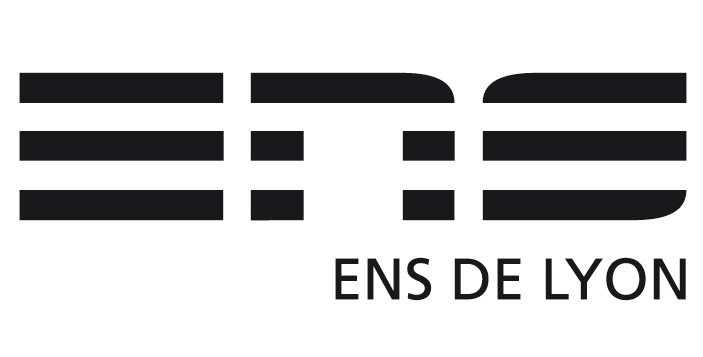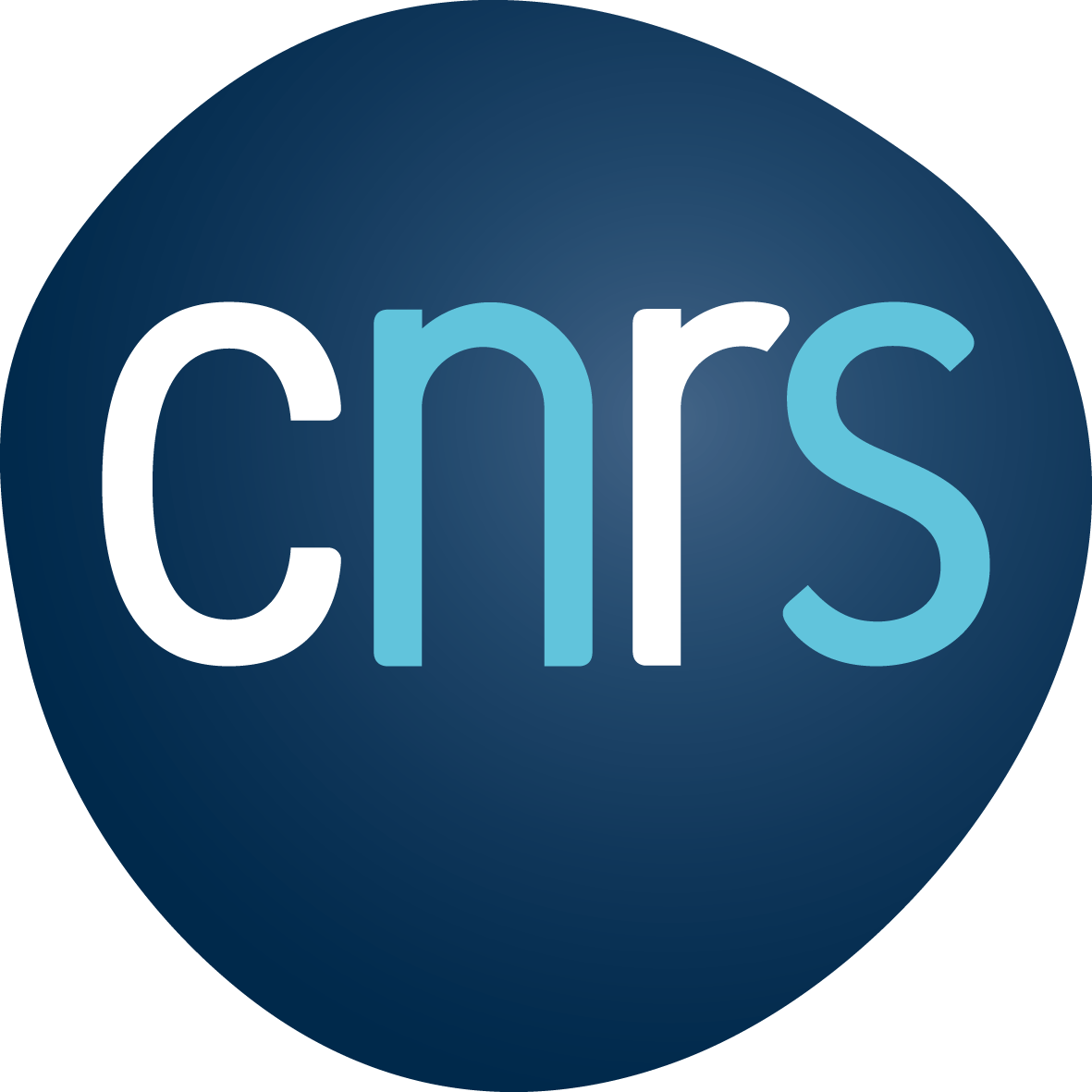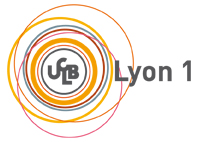Dr. Antonio MONARI
| When |
Oct 24, 2013 à 10:30 AM |
|---|---|
| Where |
Grande Salle CBP LR6 |
| Contact |
Elise DUMONT, Marco GARAVELLI |
A history of light and DNA: Photosensitization mechanisms unraveled by QM/MM and MD studies
Organometallic, in particular Ruthenium complexes, as well as organic molecules are known to strongly interact with DNA. In particular, when planar ligands are present, the complex can intercalate, or insert into the double helix. This interaction with the biological macromolecule strongly modifies the photophysical properties of the xenobiotic unit, altering both its absorption
and luminescence spectra. And can also induce the photochemistry of DNA leading to irreversible lesions.
Some photosensitizers are known for the impressive light-switching effect: molecules that are non luminescent in water can experience strong luminescence once DNA is added to the solution. A simple modification of the chemical structure can induce a totally reversed behavior: i.e. the complex becomes luminescent in water and non emissive in presence of DNA.
In this seminar we will firstly prove the ability of our QM/MM methods and protocols to correctly reproduce the absorption spectrum and the influence of DNA on it. Dynamic effects necessary to take into account the inherent flexibility of DNA, and its influence on the structure of the interacting adduct and on its photophysical properties will also be taken in due account. Moreover,
we will also underline the need of well balanced QM/MM methods that should be able to take into account all the geometric, electrostatic and polarization effects, acting on the different excited states as well as on their energy order.
Finally, we will, then, show how the emitting or non-emitting behavior can, in the case of Ruthenium complexes, be rationalized considering the competition between a dark Intra-Ligand (IL) and an emitting Metal-to-Ligand Charge-Transfer (MLCT) triplet state. In particular we will shown that the DNA environment modify the relative energy of the excited states favoring the population of one state or the other. We will also comment on the fact that, in some cases, the IL state may be able to induce an excited state oxidation of DNA (i.e. an electron transfer from DNA to the intercalator). This evidence may suggest the possible use of such complexes to produce photoinduced irreversible lesions of the DNA, an occurrence that could be beneficial for phototherapeutic applications.
Visit his personal web page...



